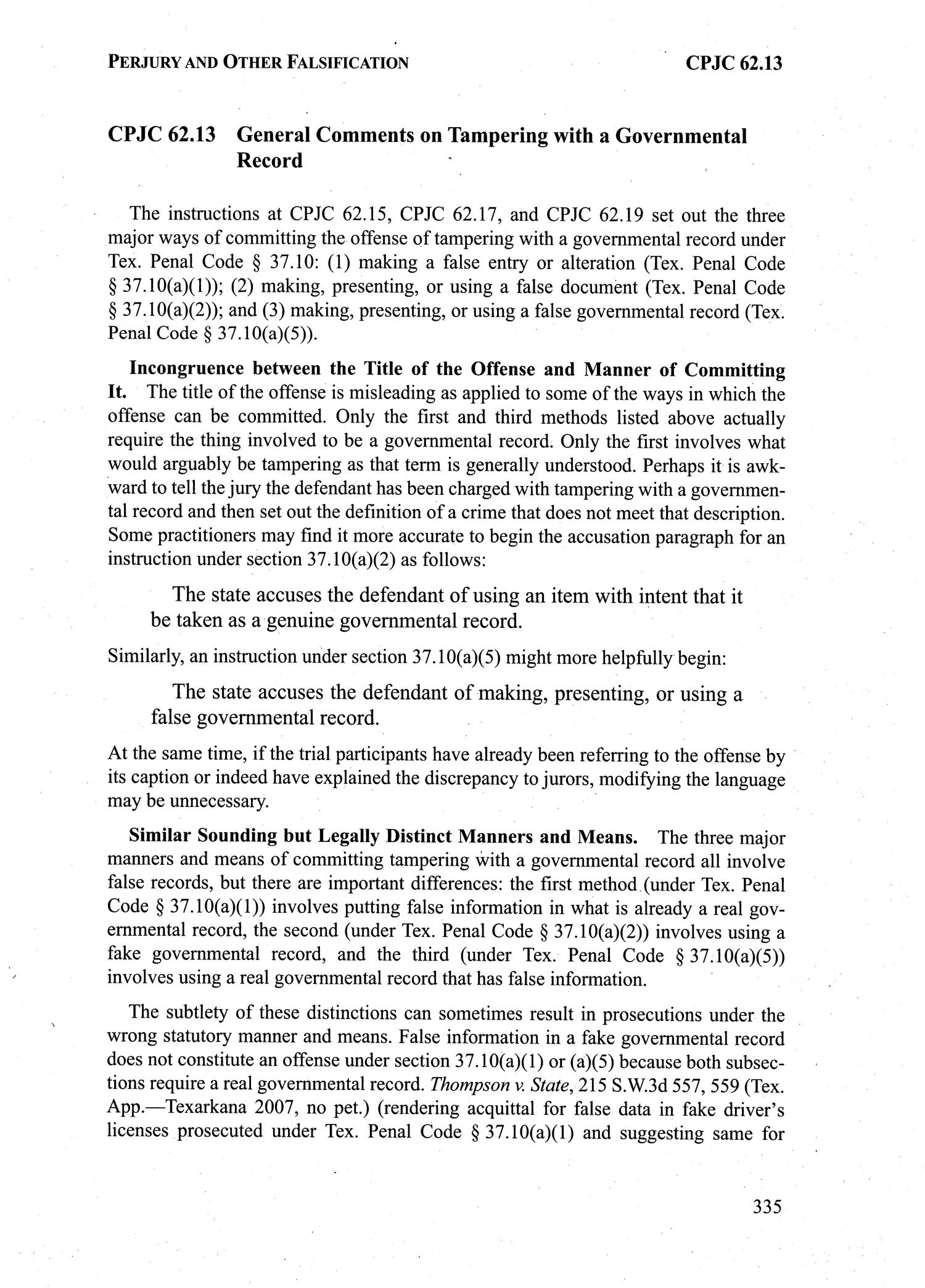Understanding The Bay Area's Severe Thunderstorm Risk: Preparedness Guide

Table of Contents
Understanding the Bay Area's Unique Thunderstorm Characteristics
The Bay Area's diverse geography contributes to its unique thunderstorm patterns. The interaction between the cool, moist Pacific air and the warmer inland valleys and mountains creates conditions ripe for sudden and intense storm development. These microclimates can lead to localized, powerful thunderstorms that can quickly escalate in intensity.
The types of severe weather associated with Bay Area thunderstorms include:
- Heavy rainfall and flooding: Intense downpours can overwhelm drainage systems, causing flash floods, particularly in low-lying areas and canyons. Areas with poor drainage are especially vulnerable.
- Hail: Large hail can damage property, vehicles, and crops. The size and intensity of hail can vary greatly depending on the storm's strength.
- High winds and potential for downed trees/power lines: Strong winds associated with thunderstorms can uproot trees, down power lines, and cause significant property damage. This is especially a concern in areas with mature trees.
- Lightning strikes: Lightning poses a serious threat to life and property. Lightning strikes can ignite fires, damage electronics, and cause injury or death.
Specific areas within the Bay Area that are more prone to severe thunderstorm activity include the East Bay hills, where orographic lift (air rising over mountains) can intensify storms. Coastal areas can also experience sudden intensification due to the interaction of land and sea breezes.
Creating a Comprehensive Severe Thunderstorm Preparedness Plan
Developing a robust preparedness plan is essential for mitigating the risks associated with Bay Area severe thunderstorms. This plan should encompass communication, emergency supplies, home security, and vehicle preparedness.
Developing a Communication Plan:
- Establish a contact list of family and friends outside the Bay Area. This ensures you have reliable communication channels even if local networks are down.
- Designate an out-of-area contact person to serve as a central point of communication for your family. This individual can relay updates and coordinate efforts.
- Discuss and establish pre-arranged emergency meeting points in case family members are separated during a storm.
Building an Emergency Kit:
- Include essential items like flashlights (with extra batteries), a well-stocked first-aid kit, non-perishable food and water (at least a three-day supply), essential medications, a battery-powered radio, and copies of important documents in a waterproof bag.
- Consider including portable chargers for electronic devices to maintain communication during power outages.
- Have a plan for pets, including identification tags, carriers, and emergency food and water.
Securing Your Home:
- Trim trees and shrubs near your home to reduce the risk of falling branches during high winds. Regularly inspect trees for potential hazards.
- Reinforce loose objects that could be blown around during high winds, such as patio furniture or unsecured debris.
- Consider investing in storm shutters or board-up supplies for windows to protect against damage from hail and high winds.
Preparing Your Vehicle:
- Keep your gas tank at least half full to ensure you have sufficient fuel if you need to evacuate or travel during a power outage.
- Ensure your car insurance is up-to-date and that you understand your coverage in case of storm-related damage.
- Have an emergency car kit including jumper cables, flares, a first-aid kit, and a blanket.
Staying Safe During a Bay Area Severe Thunderstorm
Recognizing warning signs and seeking appropriate shelter are crucial for staying safe during a Bay Area severe thunderstorm.
Recognizing Warning Signs:
- Darkening skies are a key indicator of an approaching thunderstorm.
- Sudden changes in wind direction or speed suggest a nearby storm.
- Distant thunder indicates a thunderstorm is within striking distance. Remember the "flash to bang" method (count seconds between lightning flash and thunder clap, divide by 5 to get miles away).
- Heavy rain and increasing wind are further signs of intensifying storm activity.
Seeking Shelter:
- Seek shelter indoors immediately when a thunderstorm approaches. Never stay outside during a thunderstorm.
- Avoid contact with water during a thunderstorm, as water is a good conductor of electricity.
- Unplug electronic devices to prevent damage from lightning strikes. Consider using surge protectors.
- Stay away from windows and doors during the storm.
Post-Storm Safety:
- After the storm, exercise caution when assessing damage.
- Avoid contact with downed power lines – they are extremely dangerous.
- Beware of flooded areas – floodwaters can be deeper and faster-moving than they appear.
- Report any damage to your local authorities.
Utilizing Resources and Staying Informed
Staying informed about weather conditions is critical for preparedness. Reliable sources for weather information include:
- The National Weather Service (NWS): Check their website or app for forecasts and warnings.
- Local news channels: Many local news stations provide up-to-date weather reports and severe weather alerts.
- Reputable weather apps: Several weather apps offer detailed forecasts and alerts for your specific location.
Sign up for emergency alerts through your local government or wireless carrier to receive timely warnings about severe weather events.
Conclusion
This guide provides a framework for understanding the unique risks of Bay Area severe thunderstorms and preparing effectively. By developing a comprehensive preparedness plan, staying informed about weather conditions, and taking appropriate safety measures, you can significantly reduce your risk and protect yourself and your loved ones. Remember, being proactive is key to staying safe during severe weather events in the Bay Area. Don’t wait until the next Bay Area thunderstorm – take action today to ensure your safety! Learn more about Bay Area severe thunderstorm safety and build your preparedness plan now.

Featured Posts
-
 Planning Your Winterwatch Trip Essential Gear And Tips
May 13, 2025
Planning Your Winterwatch Trip Essential Gear And Tips
May 13, 2025 -
 Negociations Post Brexit Gibraltar A L Aube D Un Accord
May 13, 2025
Negociations Post Brexit Gibraltar A L Aube D Un Accord
May 13, 2025 -
 Britaniya Gotova Obsuzhdat S Es Voprosy Bezopasnosti
May 13, 2025
Britaniya Gotova Obsuzhdat S Es Voprosy Bezopasnosti
May 13, 2025 -
 Texas Attorney General Demands Plano Isd Release Epic City Documents
May 13, 2025
Texas Attorney General Demands Plano Isd Release Epic City Documents
May 13, 2025 -
 Decoding Tory Lanezs Peterson A Deep Dive Into The Albums Meaning
May 13, 2025
Decoding Tory Lanezs Peterson A Deep Dive Into The Albums Meaning
May 13, 2025
